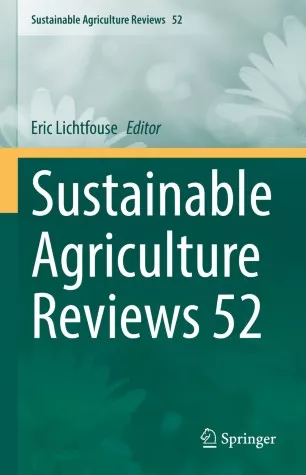Perennial Forage Grass Production on the Marginal Arabian Peninsula Land
Increasing water scarcity and soil salinization call for more diversified agricultural production systems that have the potential to sustain in marginal environments. Perennial forage grasses have been developed to replace conventional forages for the development of livestock sector in the Gulf and African regions. Perennial forage crops are known to reduce soil erosion, nitrogen leaching, and to increase water holding capacity, carbon sequestration and soil health. Here we review traditional and indigenous perennial forage grasses such as Chloris gayana, Cenchrus divisus, Cenchrus ciliaris, Cenchrus setigerus for saline and marginal Arabian Peninsula lands. The annual dry matter yields of Chloris gayana ranges between 35 and 60 t ha−1, depending on the variety, climate and soil fertility conditions. It is persistent and produces drought-tolerant forage with a usual productive life of 3 years.
C. ciliaris is an appropriate fodder grass because of significant returns and nutritive values, drought resistance and high palatability. C. ciliaris is considered a ‘wonder crop’ for its ability to withstand strong wind, drought, salinity and heavy grazing, and rapidly responding to rain. C. ciliaris has high water-use efficiency and moderate-to-high tolerance to salinity. However, this plant species cannot survive under waterlogging condition. C. divisus is a wild relative of pearl millet with high growth potential under harsh environmental conditions. C. divisus has also been widely used for xerophytic landscaping and amenity horticulture under harsh conditions. Despite their advantages, these grasses need to fit into current cropping patterns and farming systems, and prove their utility in marginal lands affected by salinity and alkalinity. We conclude that producing perennial forage grasses on the marginal lands of Arabian Peninsula are feasible if appropriately managed to circumvent negative ecological and environmental effects. For large scale adoption, creating marketing opportunities is also vital.
Year
2021
Publication Source
Sustainable Agriculture Reviews
Publication type
Book chapter
Volume/Chapter/Issue
8
Page Number
279-308











